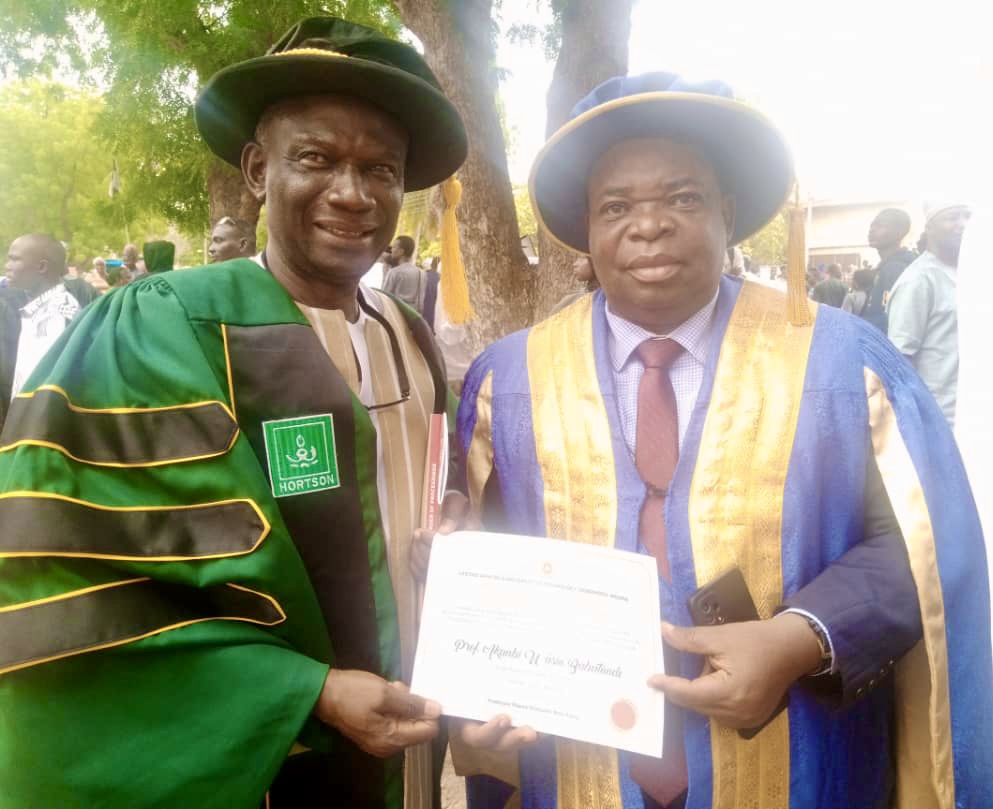Malaria: Causing About 3000 Deaths Per Day
Malaria: Causing About 3000 Deaths Per Day
Malaria has been a devastating global health problem and remains one of the leading causes of morbidity and mortality worldwide causing about 3000 deaths per day.
It is a life threatening disease with an estimate of 216 million cases in 91 countries and most cases of malaria develop in people who travel to countries where malaria is endemic
CAUSES/LIFE CYCLE
Malaria is typically transmitted through the bite of an infected female anopheles mosquito which, during a blood meal infects red blood cells with Protozoan parasites(Genus: Plasmodium)
There are 4 species of Plasmodium(P) that infects humans and this includes; P. falciparum(82% causing rate), P. malariae(14%), P. ovale (4%) and P. vivax(rare)
The life cycle of this Plasmodium falciparum begins with a bite of the Host(Human) during a blood meal, after which it deposits parasites(sporozoites) from its salivary gland into the host and this sporozoites moves across the circulatory system to the liver where it feeds and grows.
This leads to formation of Merozoites, thus leaving the liver and enters the blood stream where it infects Red blood cells(RBCs) and thus, Merozoites develop into gametocytes(Male/female) which are then ingested by the mosquito during a bite(blood meal)
This ingestion of the gametocytes by the mosquito continues the life cycle of the parasite, during which the male and female fuses to form zygote which develops to Oocyst and Oocyst forms sporozoites and migrates to the Mosquito’s salivary gland thus infecting humans…. And thus, the cycle continues
SYMPTOMS
Symptoms of malaria are non-specific and are similar to symptoms of common viral illnesses… These symptoms includes: Headache, fatigue, abdominal discomfort, joint aches usually followed by Fever, chills, perspiration, anorexia, vomiting etc
Therefore, Malaria is therefore over-diagnosed on the basis of symptoms alone especially in endemic areas like Nigeria because of the Non-specificity of symptomatology
DIAGNOSIS
Prompt and accurate diagnosis is critical to the effective management of malaria. In the laboratory, Malaria is diagnosed using different techniques… This includes, Conventional microscopic diagnosis, Rapid diagnostic tests and other concentration techniques.
PREVENTION/TREATMENT
Basic Preventive methods includes;
– Clean Hygiene
– Usage of Sanitary Nets
– Covering skin/Usage of Bug sprays
– Regular Interaction with your clinician(especially in endemic areas like Nigeria)
N.B: There is no available malaria vaccine yet.
Prompt and Proper Treatment services that are equitable and affordable are needed in malaria endemic countries… This concern has led to development of several global strategies to curb the spread of the disease
In places, where a parasitological test is not possible, Presumptive diagnosis is advised…. However, Artemisinin-based combination therapies(ACTs) is recommended for the treatment of malaria. Example is Artemether/Lumefantrine
REFERENCES
Notable references includes;
WHO, 2017
Sahr, 2000
Bell et al., 2005
Bhandari et al., 2008
Akinleye et al., 2009





















